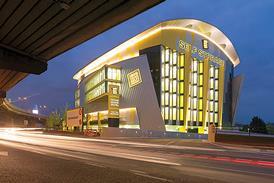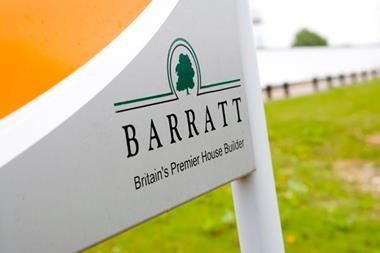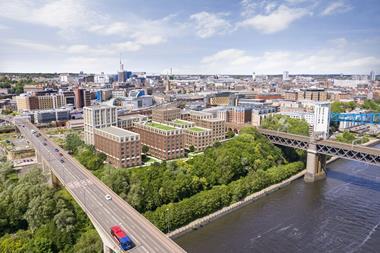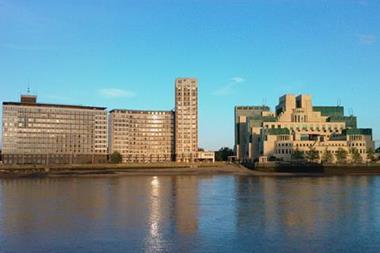If traditional CRE landlords had previously been deaf to the siren song of flexible workspace, the emergent phenomenon of ‘grey space’ is now prompting increasing numbers of landlords to listen closely.

Many traditional commercial properties have been left with surplus space, while the flexible workspace market expanded by 4% in 2020 despite successive national lockdowns. Against this backdrop, it is clear that traditional landlords can take several key learnings from the growing flex sector – which may help them turn their grey space into an opportunity to invest in their own flexspace.
First, with end users demanding ever more technological capacity from their workspaces, it is no longer enough to simply offer a prime location. Moreover, these spaces should be built with workers’ wellbeing in mind, as businesses rightly reconsider their pre-pandemic approaches to mental health.
Finally, linked to both of these trends is the pre-eminence of convenience among occupiers’ priorities, which should inform how landlords make their assets competitive in a crowded market.
Get smart
With the workforce now more footloose than before the pandemic, the old adage of ‘location, location, location’ has become outdated. Landlords cannot simply expect to win tenants on the basis of location. Instead, with 82% of people believing that digitally unconnected spaces will soon be obsolete, attracting tenants will increasingly depend on the technology provision they offer.
Flex operators have been among the first to get to grips with this, providing a suite of tech services from integrating video conferencing in meeting rooms to desk-booking systems and workspace management software.

Commercial landlords should do likewise, investing in facilities management systems capable of optimising lighting and airflow for health and comfort. Moreover, rapid, reliable connectivity is vital, as poor connection can cost workers as much as 72 minutes per working day, undermining the all-important end-user experience.
Technological capacity is key for landlords looking to convert their surplus space into a flex offering. Intensifying competition in the market is driving up baseline quality expectations exponentially, and assets cannot qualify for that all-important Category A status without boasting the latest tech-enabled amenities as well as a prime location.
People first
Another top priority for businesses in the wake of the pandemic is ensuring their workspace is equipped to support workers’ wellbeing, and here too traditional landlords can draw inspiration from flexible workspace. Occupiers now expect office design to place the wellbeing of their workers at its centre, so landlords should incorporate breakout areas and dedicated communal spaces into their floor plans.
Shaping space to maximise collaboration, networking and more agile working is crucial because these are the pillars of company culture that businesses will have to rebuild once they return to the workplace. More than two thirds of workers who changed jobs in 2018 did so due to a lack of learning opportunities in their previous roles, so businesses should act fast to restore those ‘water-cooler moments’, as well as more formal events, that ambitious young professionals have sorely missed.
Convenience is king
Some of the best flex offerings are defined by the idea of ‘space as a service’, meaning that wifi and other amenities, as well as design and full fit-out, are included in a single package providing work-ready space from day one. With businesses re-examining their relationship to the office, landlords can stand out by offering a suite of services working remotely cannot compete with.
While work strategies are becoming more distributed, there is still a place for the office – particularly in local commercial hubs where users can access recreational as well as work-related amenities within 20 minutes or so of home.
With more than 90% of the market still operating on a conventional lease model, landlords who embrace space as a service can boast vital points of differentiation over their competition.
Adding colour
By learning these lessons from flexible workspace, and embracing flex themselves, traditional CRE landlords can add some colour to their surplus grey space. With 90% of those who have worked from home during lockdown in favour of doing so permanently in some capacity, there remains scope for considerable growth in the flexible workspace market.
From tech-equipped workspace to wellbeing-focused design and even the availability of hospitality-like amenities, when it comes to improving the marketability of office offerings, it’s what’s inside that counts.
By accommodating the greater flexibility of post-pandemic work strategies and investing in the right upgrades to their space, landlords can increase the likelihood of reaching mature occupancy and making profitable flexible workspace.
Richard Morris is director at technologywithin






























No comments yet